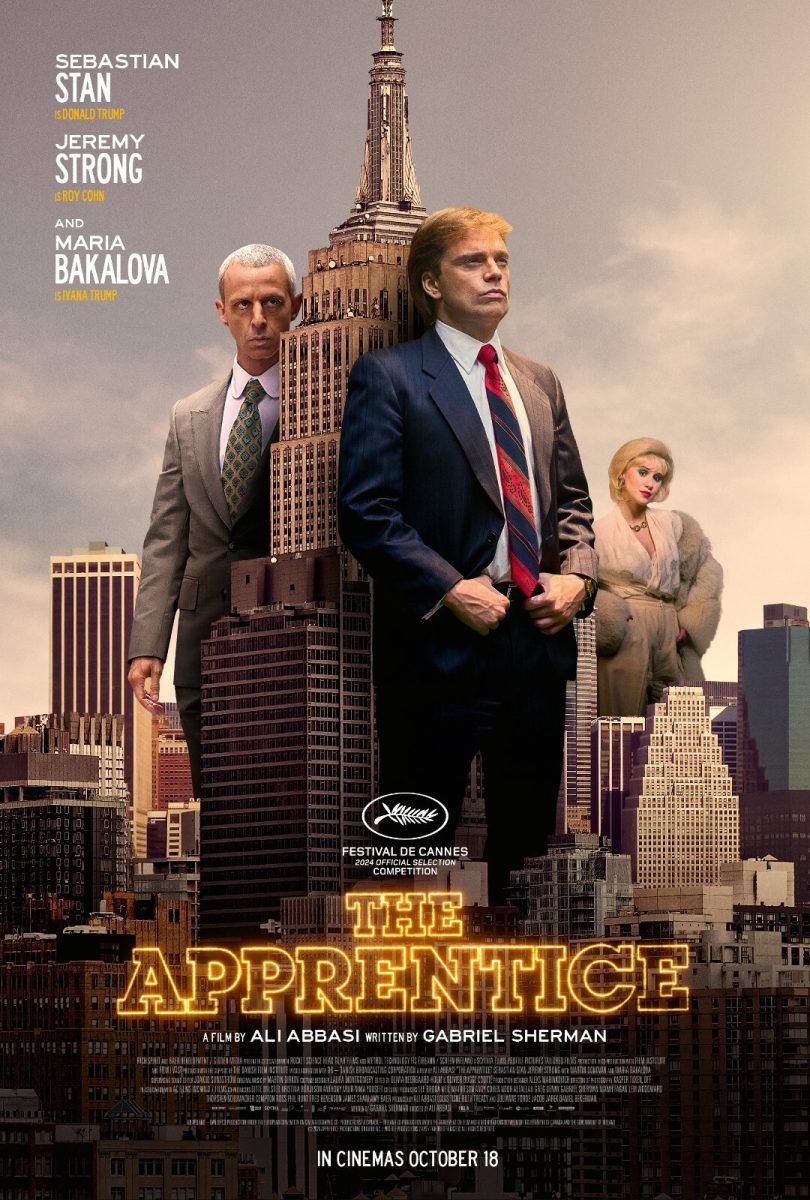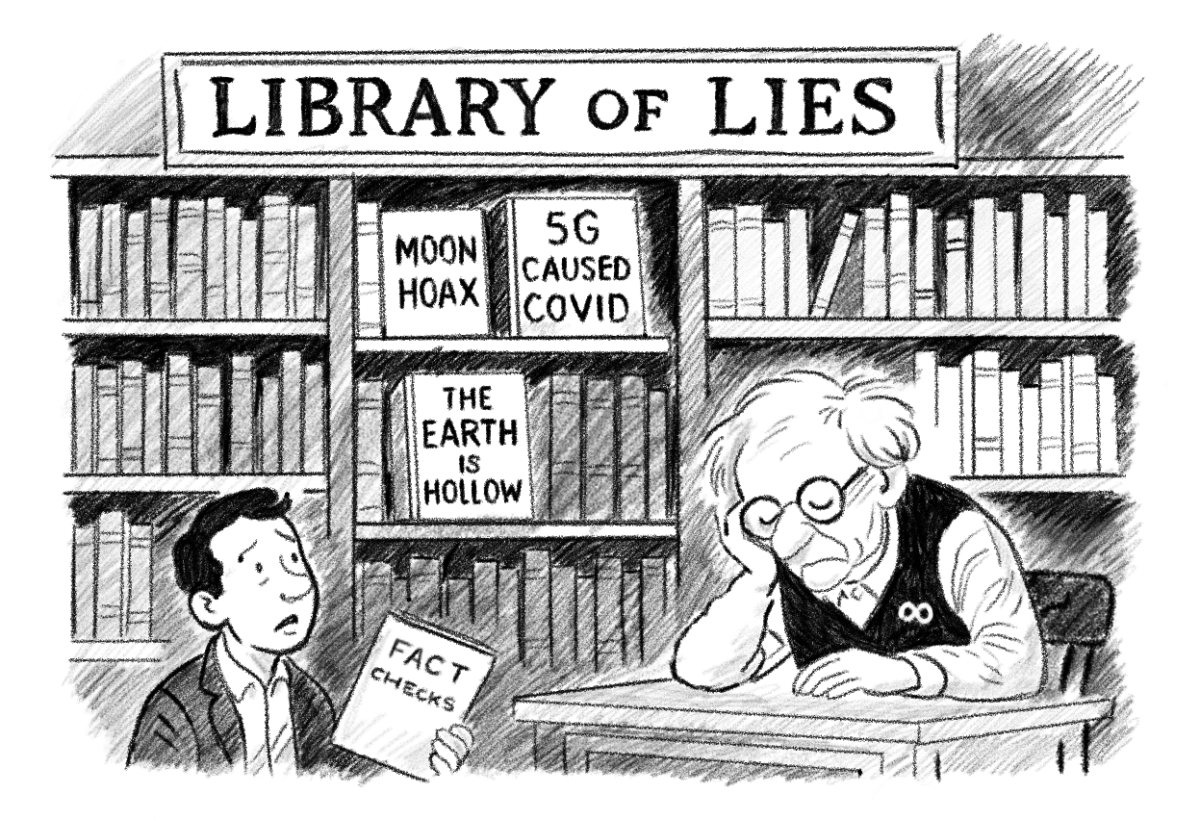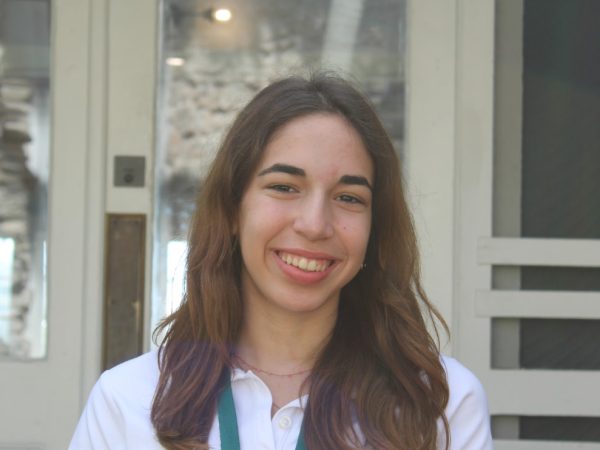Welcome to Ransom Everglades’ Interim Sustainability Report Card! It’s time to check in on the RE community’s environmental efforts and see if every individual is truly embodying Paul Ransom’s third class: one who “believe[s] that they are in the world not so much for what they can get out of it as for what they can put into it.”
But before we can assign a grade, recall this: Blazing wildfires in Maui. Category 4 hurricanes ravaging Southern California. Water temperatures spiking dangerously (101 degrees) this past summer, wiping out both coral reefs and crucial marine life in the Florida Keys. The climate emergency is not a theoretical, far-off problem. It’s here.
“With sea level rise and increased hurricanes, RE is at the frontlines of this climate crisis, ground zero for climate change,” said Mia Bouyoucef ’25.
As sea levels and tensions are rising, what is RE doing to address this crisis through its current climate initiatives, and what more can individual Raiders do to help?
“Our school is already an example to other schools across the county,” said Will Charouhis ’24, a vocal climate activist who has earned international recognition. The RE Climate Symposium, now in its 7th year, features dozens of middle and high school projects centered around combating the climate crisis. RE also has the largest installation of solar panels of any school in South Florida, with 305 panels. These solar panels, a project that began in February of 2022, are contributing significantly to Miami-Dade County’s community-wide goal of reducing carbon emissions by 50% by 2030.
Current solar installations are on the Hogan building at the Middle School and the Harry Anderson Gym at the Upper School. Installations are progressing on the STEM building as well. To put these numbers into perspective, the solar panels at RE produce roughly 273 kWh of energy every day, which over the past year has saved 403,095.97 lbs of carbon emissions from being put into the atmosphere, explained Dr. Kelly Jackson, the Director of Environmental Sustainability at RE.
But this is not all RE has been doing. Participation in mangrove cleanups has reached an all-time high thanks to the Environmental and Sustainability Council’s use of social media and assemblies during school hours to encourage Raiders to clean up our campus. For Nina Tekriwal ’25, mangrove cleanups are especially important because “the ecosystem is right there. It’s on our shore.”
RE’s recent composting program has also made significant progress. The composting initiative, which involves cafeteria food waste from the day’s lunch preparation, has largely gone unnoticed. But the two fluorescent pink bins behind the cafeteria have already diverted more than 28,474 lbs of food waste from landfills as of October 2023.
Food waste remains a challenge, however. Many students have noticed a culture of waste and littering among the student body around lunchtime, clearly visible in the afternoon carnage on the STEM steps and La Brisa tables. “I see a bunch of stuff on the floor sometimes,” said Kiki Rampersad ’25. “People need to clean up after themselves.”
According to Dr. Jackson, students can help by throwing their trash out and knowing what to recycle. But it requires a shift in mindset.
“It’s a mentality thing: more students applying themselves right to care about environmentalism, and recognizing that we are here in such a diverse ecosystem where everyone is going to be impacted,” expressed Dr. Jackson. “We need to shift our mentality and realize that by producing less food waste, and recycling more items, we are giving back to our beautiful campus and local South Florida environment as a whole.”
RE students have also been the agents of positive sustainability changes. For example, Amelia Tovar ’24 led a passion project in her Marine Field Research class to decrease plastic pollution in the RE Store. With the help of her peers, Tovar gathered over 200 signatures and eliminated plastic water bottles from the store completely—hence, the aluminum water bottles that are now visible around campus.
So what can the RE community do better? Students and faculty had a number of recommendations.
Led by Dr. Jackson, the RE Middle School features numerous climate-focused projects, curriculum units, and initiatives, including the RE Climate Symposium. According to Mia Bouyoucef ’25, Dr. Jackson’s work makes her “the lifeblood of Ransom sustainability, and she, specifically if you were lucky enough to have her class, worked so hard to educate us about climate change in general.”
For some students, however, the rigorous academic expectations at the Upper School make sustainability difficult to prioritize. Students in the Upper School “are more worried about their GPA than about climate change. And I mean, I don’t blame them,” said Rampersad.
Audrey Caplow ’25 confessed that “I learned about [climate change] really well in middle school, but once you get to high school, it seems to be more of an afterthought.”
Ava McAliley ’26 agreed, suggesting that the school should consider implementing more climate learning for all Upper School students, not just those who take courses like Advanced Environmental Science. She proposed the idea of more interactive assemblies and activities from the ESC (Environmental and Sustainability Council).
RE’s composting efforts are seen as a step in the right direction, but they could also be expanded to include more food groups like rice, pasta, and most of the leftovers from the salad bar. Further, as many students are not aware of the current composting efforts, increased education on composting at the Upper School might create increased opportunities for sustainability outside of the RE community as well, as students might be inspired to implement composting in their households.
Another large issue is recycling—or the lack thereof. “La Brisa has no recycling bins. STEM [The Constance and Miguel Fernandez STEM Center] has no recycling bins. But students can change that,” observed Dr. Jackson.
And students, finally, can take action themselves in many ways: by reaching out to Dr. Jackson or a member of the Environmental and Sustainability Council, by aiding in outside organizations like the Miami Youth Climate Summit, by participating in the Climate Symposium, and even by simply making the effort to be mindful about cleaning up after themselves.
For Caplow, combatting climate change as an individual is also about investing in local communities, which is another effort that students can make. “With RE being such a powerful school, where we have a lot of influence and a lot of resources, I think we could really support a lot of local of businesses and efforts in our community, since [climate change] is going to affect everyone, not just us.”
How did RE do? We leave it to the reader to decide. Yet to receive a grade on this interim report card that we can all brag about, the RE community needs to start prioritizing sustainability and putting more into the world than we take out of it.







